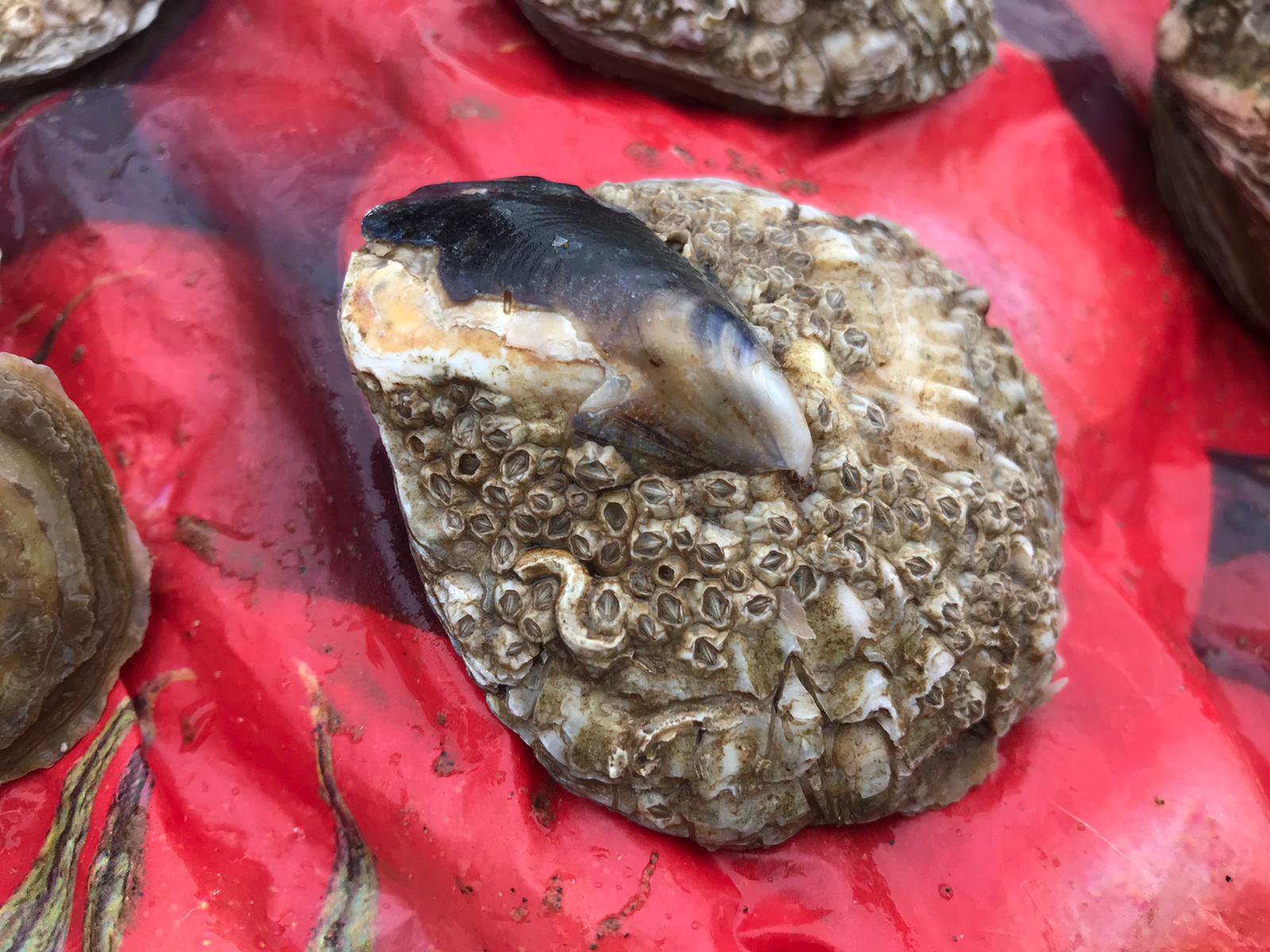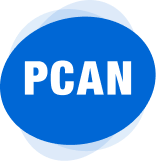Carbon sequestration through seagrass and saltmarsh restoration in the Humber
Louise Wilkinson, Conservation Strategy and Advocacy Manager, describes how regional charity the Yorkshire Wildlife Trust is developing a marine nature-based solutions package for the Humber.
What are you hoping to achieve?
Our aspiration is that by March 2022 we will be able to offer seagrass restoration per acre at set cost, with a known site specific carbon sequestration yield to support carbon offsetting.
Why was a marine solution needed?
There is limited understanding and appreciation for the role the marine environment can play in tackling the climate crisis. We wanted to place greater emphasis on the role of marine and coastal habitats in determining nature-based solutions.
Who are you working with?
The package was developed as a result of discussions through the Humber Coastal Corridor project, which brings together NGOs, Local Authorities, academia and businesses. External funding came from The Endangered Landscapes Partnership.
What changes have you made, and what impact have they had?
We have developed a feasibility study and innovative trial to support restoration of seagrass and saltmarsh. It’s too soon to say what the impact of our work will be.
What work have you done so far?
To develop and advance seagrass opportunities we have mapped out the historic extent of seagrass on the North Bank and the University of Hull have assessed organic carbon content of multiple habitat types at Spurn. We are establishing an experiment to assess site specific carbon burial rate from seagrass rhizomes at Spurn, to give us a justified annual carbon fixation figure per plant/acre.
Using some of the Green Recovery Challenge Fund we were awarded in late 2020, we seek to horizon plan and invest in capital assets and infrastructure to support long term restoration programmes on site.
How will you propagate sea grass?
Rolling seed collection has been agreed with Natural England and we are working with the Ocean Conservation Trust to align nursery system approach principles for propagation of seagrass.
Direct seed planting is due to occur in Spring 2021, which will allow us to compare effectiveness and economic feasibility. We will be seeking to work with Natural England to pre-authorise a determined acreage of seagrass restoration within the protected area and historic extent.
What needs to be done to restore saltmarsh?
To progress opportunities for saltmarsh restoration we have reviewed the historic channels of sunk island prior to land reclamation and mapped out a corridor from Paull Holme Strays to Kilnsea. We will be working to the principle of managed realignment, with creation of a new perimeter embankment aligning with previous main channels. Our proposal is a green engineering approach, utilising conservation land management to provide wider natural capital benefits, sustainable urban drainage systems (SUDs) and slow the flow elements.
This will allow for existing embankment breach and allows natural processes to reshape landscape but won’t regrade the corridor. We will be looking at the full process successional model, from mudflats> saltmarsh> washlands> shelterbelts> grassland buffer> containment by perimeter bund with embedded stabilising hedges and seeking to address issues of coastal squeeze and providing the range of habitats needed for Humber SPA species which have been lost regionally.
What other factors are you considering to ensure effective climate mitigation?
All elements link back to current Higher Level Stewardship Scheme, so design is linked to capital funding available to support creation, annual payments and including artisanal business elements which would provide self-sufficient revenue for longterm management. Through this work we will model site specific carbon sequestration to assess a carbon offset financing model as an added revenue option.
Finally, we seek to look at mirroring the South Humber gateway model to have a corridor model adopted by Local Authority partners and Natural England as pre-authorised as a coherent mitigation model for North Bank.
What would help others to replicate your success?
Working in collaboration to obtain collective goals within the marine and coastal environment.






